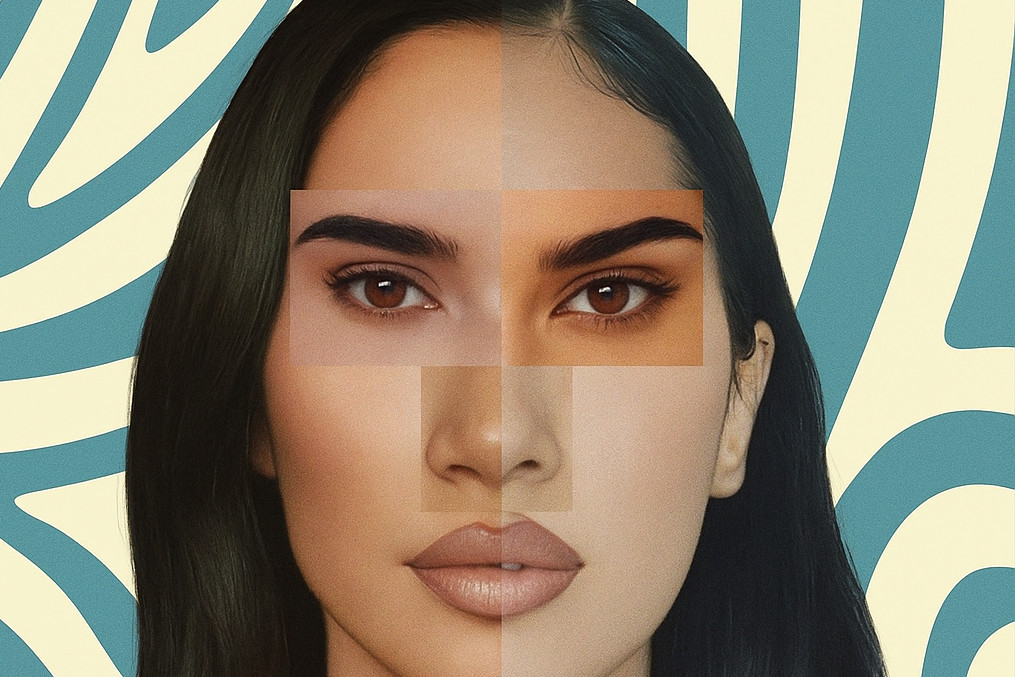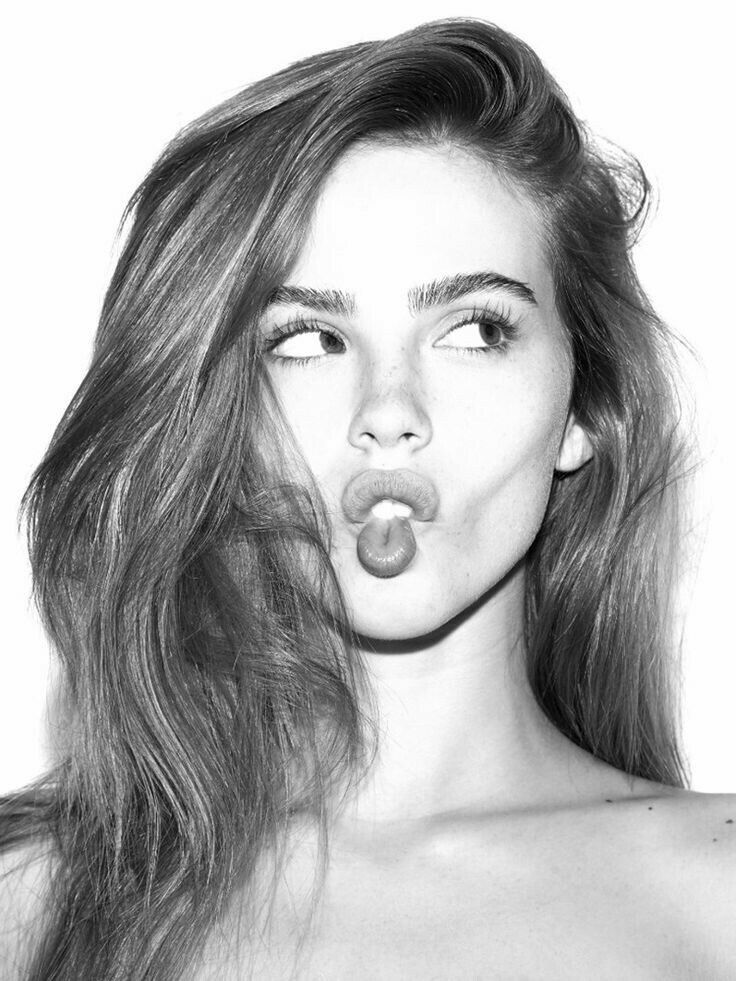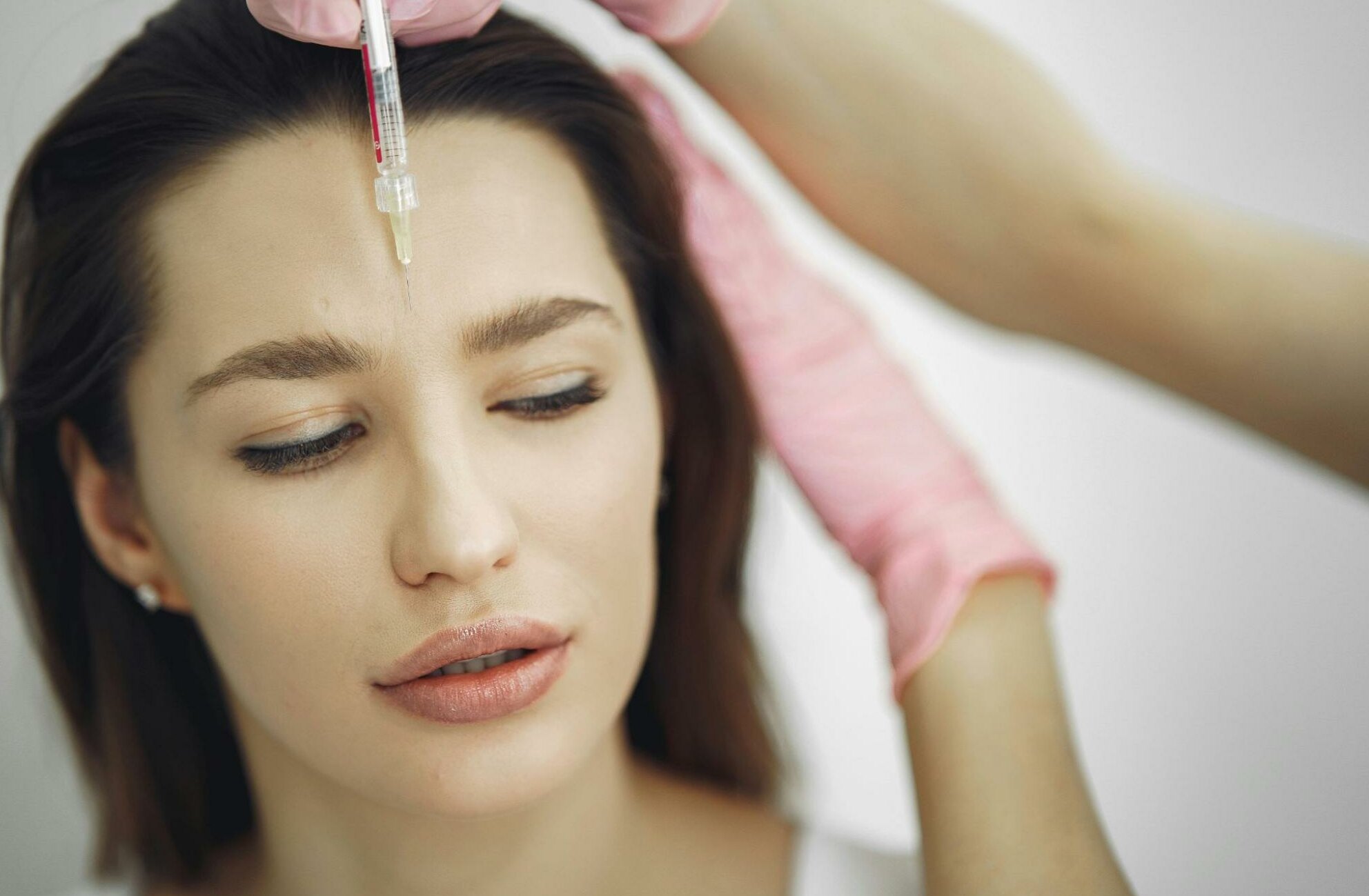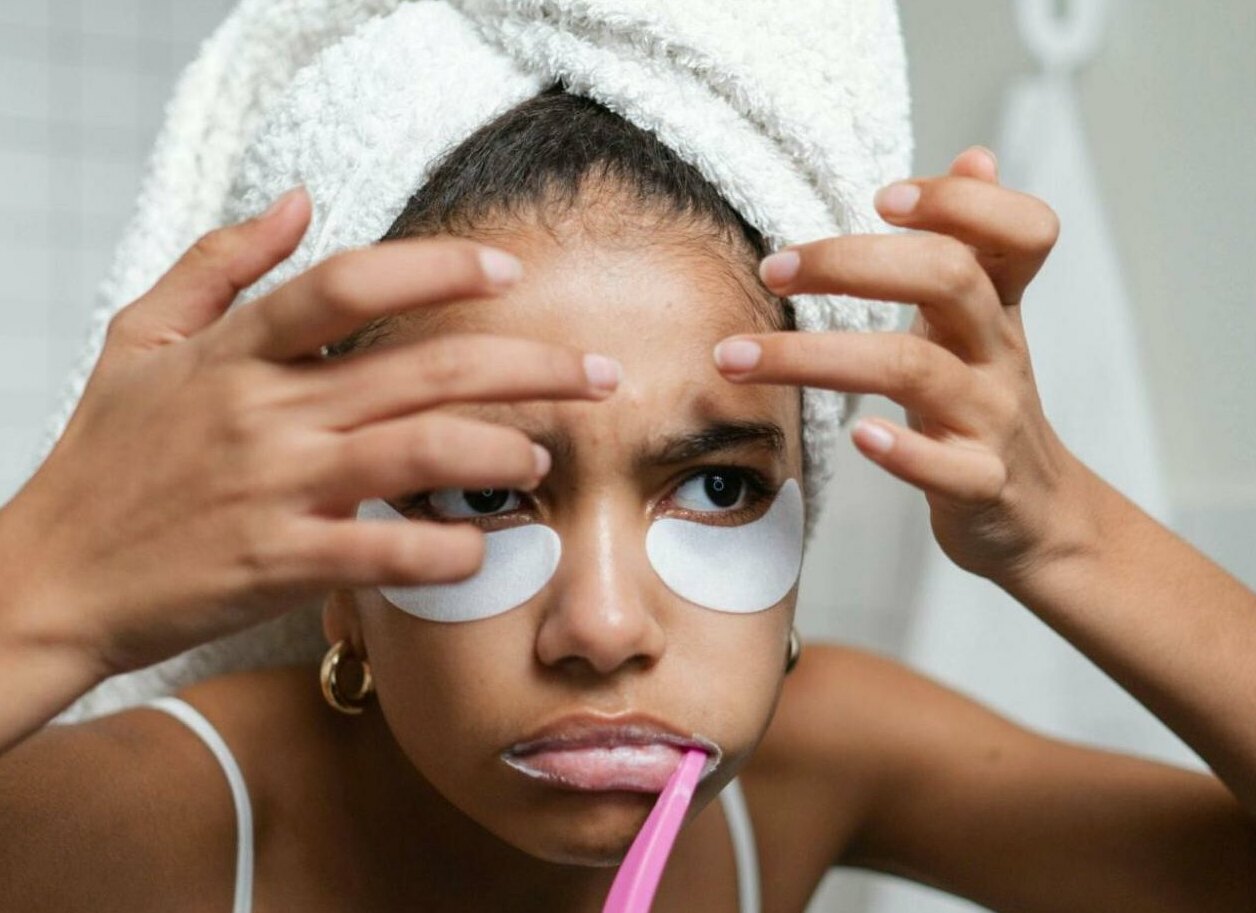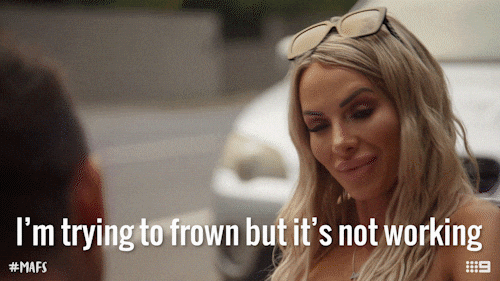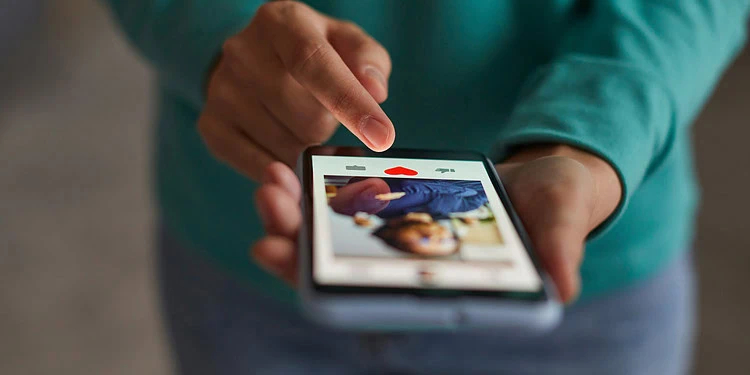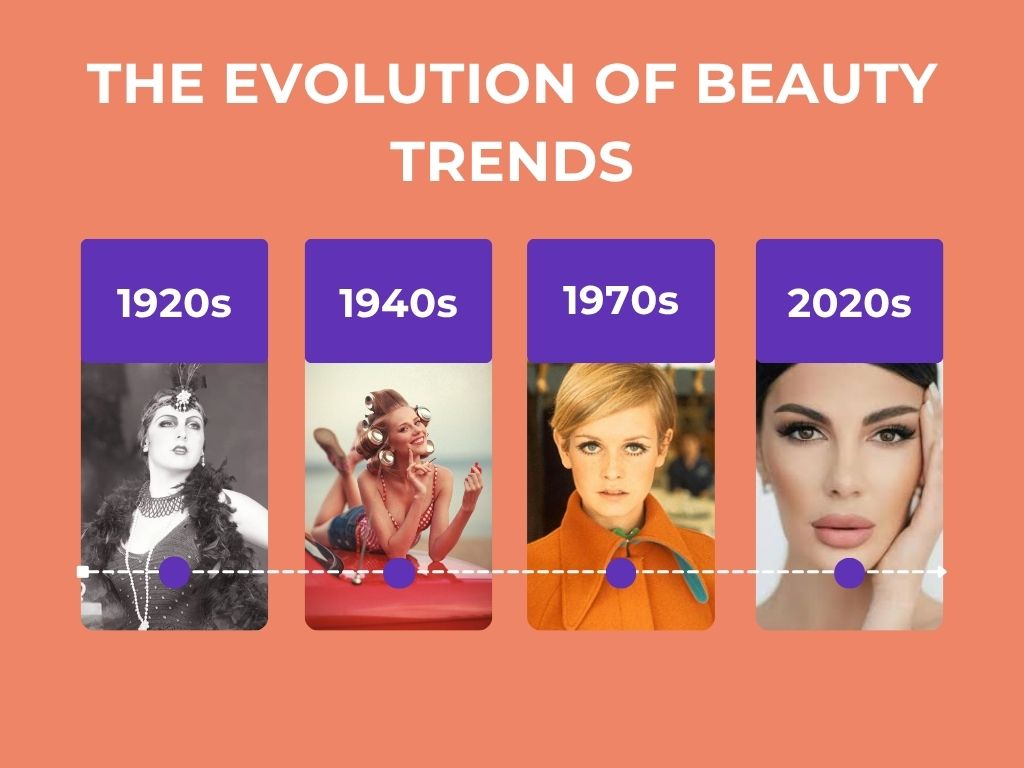We’re in the middle of a beauty “shift”—not because of fashion runways or Hollywood, but because of Instagram and TikTok.
Spend a few minutes scrolling, and you’ll notice it: everyone looks the same. The same pouty lips. Same flawless skin. Same snatched jawline. Welcome to the age of the “Instagram Face.”
What Is “Instagram Face”?
Coined by The New Yorker, “Instagram Face” describes the surgically-enhanced, filter-friendly look dominating social media. It’s a mashup of features rarely found together in nature: wide almond eyes, plump lips, high cheekbones, and a slim nose, usually contoured or injected into place.
And it’s not just influencers or celebrities. Everyday people are booking filler appointments or smoothing their selfies to match the mold.
Cosmetic Procedures Are the New “Normal”
Botox and fillers aren’t reserved for the over-40 crowd anymore. A rising number of women in their 20s are opting for “preventative Botox.”
In 2023, Americans received over 4.4 million Botox injections for cosmetic purposes. That figure jumps to 9.5 million when you include all types of fillers. But now, some are reversing course. The viral #lipdissolving trend shows users dissolving lip filler to escape the copy-paste look.
Filtered Photos = Shifted Standards
With every scroll, we absorb more of these perfected faces—smoothed, sculpted, and subtly enhanced. Filters can now enlarge your eyes, tweak your jawline, and make your skin glow in just a tap or two.
Even so-called “no-filter” selfies are often edited. This constant exposure nudges our expectations higher. What once looked airbrushed now feels like table stakes. No wonder dating apps can feel so unforgiving; users are competing against the algorithmic version of perfection.
There’s a Scientifically Proven Pressure to Look Perfect
Unsurprisingly, being surrounded by flawless faces can distort how we see ourselves. Psychologists even have a name for it: “Snapchat dysmorphia”—a condition where people become dissatisfied with their real-life appearance after seeing their filtered face too often.
A 2024 study from Boston University found that heavy social media users, especially those who follow influencers and regularly edit their selfies, showed a significantly higher desire for cosmetic surgery.
When perfection becomes the norm, looking “normal” starts to feel like falling short. Over time, this pressure chips away at self-image, subtly pushing more people toward permanent changes. And the more we scroll, the more that airbrushed version of reality starts to feel real.
So, What Does This Mean for Dating Apps?
It means a whole lot of editing, contouring, and curation.
This raises the question: where’s the line between putting your best foot forward and misrepresenting yourself? Some would argue that heavy use of beauty filters on a dating profile blurs into “catfishing” territory, even if it’s technically your face.
And indeed, trust is a significant factor – nobody wants to feel tricked when they meet face-to-face. How often have we heard stories of someone showing up to a date looking nothing like their heavily filtered profile photo? So, many online daters try to walk that tightrope: show the best version of yourself, but don’t depart too far from reality.
The Good News: “Polarizing” Faces Might Outperform “Pretty”
According to a surprisingly insightful OkCupid study featured in The Mary Sue, people whose looks sparked strong reactions—whether love-it-or-hate-it—actually got more messages than those who were just “pretty.”
One of OkCupid’s founders, Christian Rudder, explained it using game theory: when someone finds a person attractive but others rate them lower, they feel like they have less competition and more of a chance. That little boost in confidence can be enough to spark a message.
Meanwhile, users with all 4-star ratings (the safe, universally “nice” types) might come across as too popular. Ironically, that can discourage people from reaching out. So, being polarizing isn’t a flaw; it might just be your secret advantage.
Where Is This All Going?
Every era has had its own beauty standard—from the hourglass glamour of the 1950s to the ultra-thin look of the ’90s to today’s sculpted, filter-ready Instagram face. But what’s changed isn’t just what we find attractive; it’s how fast those ideals spread.
Thanks to social media, trends now travel at the speed of a scroll. A beauty craze born in Los Angeles can land in Lagos or London days later. Billions of people are exposed to the same filtered faces and nudged toward the same ideal, no matter where they live.
We can’t help but feel like we’re part of a global experiment in beauty conformity.
And, although social media “raised” the bar, it also sparked a new awareness. More people are asking: Why do we all want to look the same? And: What if my real face is actually enough?
In a world full of FaceTuned clones, showing up as your real, unedited self might just be the boldest and most attractive move you can make.
Want to know which photos strike that balance? Test them anonymously on Photofeeler and get honest feedback before you post.
